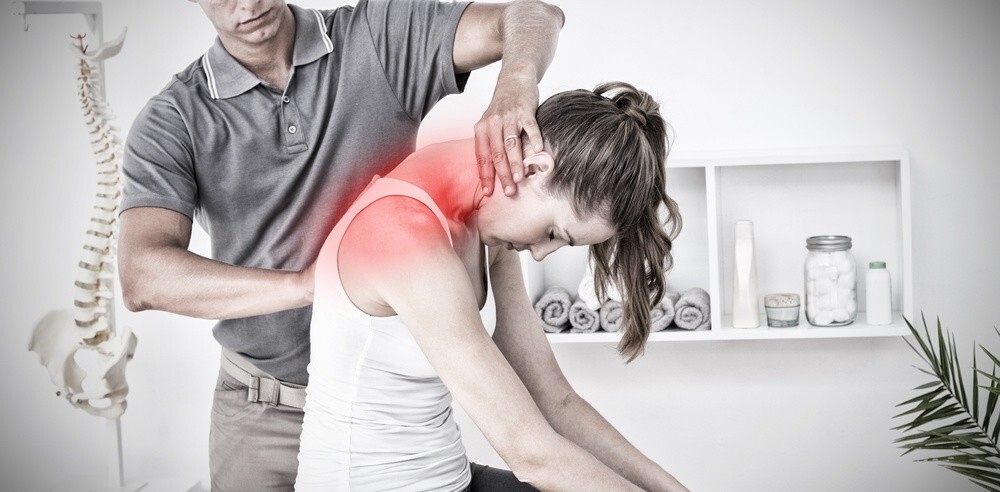For hundreds of years, medicine has been looking for new ways to combat and face the painful conditions of patients, especially through the improvement of procedures and the evolution of medicines. However, many people do not know how to use physical therapy to treat pain.
Physical Therapy techniques can play a very important role in this type of situation, acting as an adjunct to drug therapies or as a main treatment to improve people’s quality of life. Check out the content we have prepared and learned a little more about this delicate topic.
What is Pain?
Before we talk about how physical therapy can be essential in treating pain, is very important to highlight what pain itself is. It is not a disease, but an important symptom or sign. The International Association for the Study of Pain defines pain as an unpleasant physical and emotional experience.
Pain is also an important defense mechanism and a powerful indicator in physical examination, as it explains to the health professional the place where there is something wrong. Although it is usually associated with actual tissue damage, it is not possible to rule out that there is a fundamental psychological component in the perception of this type of situation.
The reaction to pain tends to vary according to several factors, such as culture, previous experiences and the individuality of each one. Therefore, we can understand it as a subjective response that each person has, but that, invariably, is unpleasant and deserves special attention so as not to become chronic or undermine their quality of life.
What Causes Pain?
Pain can occur due to an almost endless variety of causes, but it arises above all after diseases and medical conditions such as trauma, surgery, inflammation, infections, tumors, burns, among others. The most severe pains are usually those involving the nervous system, such as neuropathies.
Many pain conditions can occur due to spasms or muscle and visceral dilations, in addition to compressions of nerve roots by adjacent structures. And, oddly enough, it is not uncommon for many individuals to report pain even without an existing pathophysiological cause, possibly for psychological reasons.
The Pathophysiology of Pain
Pain has its own pathophysiology to happen. When a tissue is damaged, the body releases some chemicals at the trauma site, and they are readily detected by our nerve endings, which trigger electrical impulses through the spinal cord into the cerebral cortex, which interprets them as pain.
Our own brain naturally seeks to defend us from pain, by releasing endorphins and other substances that have the function, in this case, of inhibiting the propagation of electrical stimuli. If it weren’t for that, even a small wound would persist aching until it healed.
The Impact of Pain Management on Quality of Life
Few people think about the topic, but the fact is that pain is of great importance both for the individual facing it and for society as a whole. The impacts of this sensation on a daily basis can cause serious damage to the social and physical life of countless people and their families.
Considering that pain is often associated with psychological disorders, with physical limitations and reduced body movement capacity, it is not difficult to see how limiting they can be. Thus, preventive and therapeutic systemic physiotherapy is of great value.
How can physical therapy contribute to pain treatment?
Physiotherapy is a powerful ally in combating discomfort and limitations caused by pain. In addition, it is an alternative for the chronic use of analgesic and anti-inflammatory drugs, which, in addition to bringing several side effects, fight only the momentary cause, not acting in the long term.
Physiotherapeutic treatment is very versatile and contributes, for example, to:
- Improve range of motion;
- Reduce inflammatory conditions;
- Prevent and treat joint deformities;
- Maintain or increase muscle strength;
- Ensure that daily activities are carried out independently.
Technology in the physiotherapeutic treatment of pain
As in all areas of health, physiotherapy has also been supported by many advances in the field of technology to improve its methodologies and provide even faster results to its patients.
Ultrasound
Ultrasound is one of the main devices used by physiotherapists today to reduce pain and one of the most used equipment by physiotherapists for several purposes, including reducing the sensation of pain after trauma and surgery, for example. Its operation is based on thermal stimulation, according to the principle of vibration of the molecules of the affected site.
Discover more from Pilates All Ages
Subscribe to get the latest posts sent to your email.
